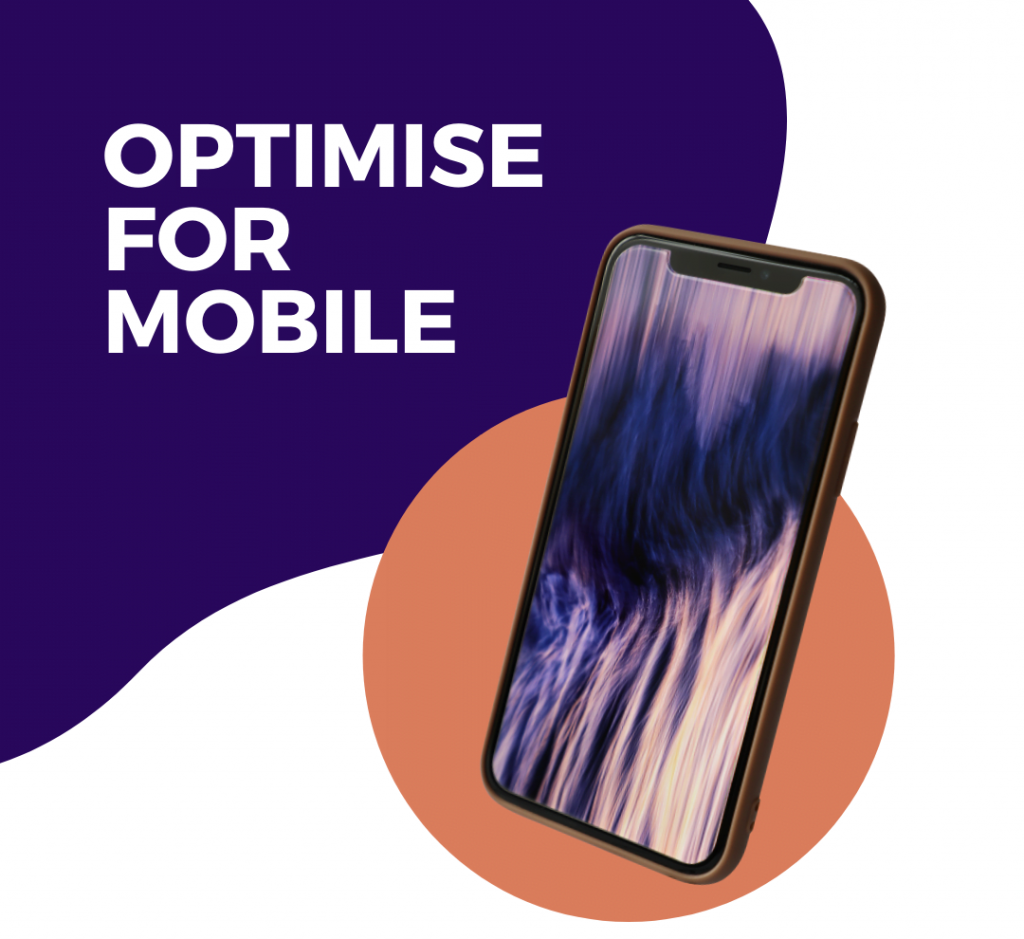5 EASY HACKS TO INCREASE YOUR WEBSITE CONVERSION AND SALE
What people do before purchasing a product? They’ll research that product, isn’t it? They visit the site and check the details, right? This is the reason companies have created their websites; this will make things more accessible to the people just through a click. But is just creating a website is enough?
The traffic on your website is much more important than just creating a website, as the number of people visiting your website is directly proportional to the number of sales. So, here comes the role of website conversion.
What is website conversion?
A website conversion occurs when someone performs the desired activity on your website, such as signing up for a newsletter, sharing your content on social media, filling out a form, or purchasing a product. So, increasing website conversion is essential. How can it be done? How can we increase website conversion?
Let’s discuss some easy hacks to increase your website conversion, that will eventually increase your sale.
1. FOMO

It stands for Fear Of Missing Out. According to data, more than 50 per cent of social media users suffer from FOMO. Due to the introduction of Facebook, Instagram, and other social media, users continually feel FOMO as they see their friends posting what they do or what they buy.
So, it is crucial to learn how to use FOMO in marketing, no matter what age group you’re targeting. FOMO is a psychological trigger that people can’t avoid.
FOMO marketing is messaging that activates your viewer’s innate fear of missing out that will make them more likely to purchase your product.
- Displaying delivery date/time is a small brain trick. It makes the customer imagine a particular day in the near future when they’ll receive their product. Fixing a time will help them to decide more quickly whether to buy the product or not.
- Limited stock is another way which can compel people to buy your products. It makes the offer look so captivating that customers will bound to grab them.
2. GIVE CUSTOMER LESS TO DO
People usually prefer things that are simple and less time-consuming. It is worthless to write lengthy descriptions or content about a particular item that can also be written precisely. Instead of reading your content, people will leave your site by just looking at the size of the article.
So, always try to make things easier for your visitors. You can also add a few animations and some images to make your site attractive. It is better to make the clicks easier so that people will not find any problems while browsing your website.
3. OPTIMISE FOR MOBILE
The scenario of technology is changing with time. More people are now online, and the methods through which they access the internet also keep changing.
But mobiles are still the primary web source. So, optimising your website for mobile is very crucial. It could include issues like maintaining a responsive WordPress website and even A/B testing things on the phone vs. personal computers.
4. SOCIAL PROOF
It is a psychological phenomenon in which people expect the views of others. It is a technique used by businesses worldwide to improve loyalty, making it convenient for consumers to know that others have bought the same services. It includes positive comments about the company or individual. Here are two methods of social proof to improve your website conversion.
● Customer testimonial proof- It is the purest form of social proof. People believe in online testimonials more as compared to personal recommendations. It comprises ratings, reviews, and feedback from old customers, which helps build the trust of the new customers.
● Real-time stats- It shows how many people are currently visiting the site and purchasing the products. You can also check registrations and sign-ups. It is beneficial to track the recent activities on your website.
5. RETARGETING AND REMARKETING

Retargeting is a paid advertising strategy that enables you to place your ads before people who have previously visited your website. This will allow you to remind your visitors after they leave the site without buying.
Remarketing entails you collecting the information of the visitor and sending them an email to come back to the website to complete a purchase. Both the terms are quite similar because their primary purpose is to bring back the customer to your site.
Digital Marketing Consultant and blogger with over a decade of experience in crafting compelling digital strategies. From SEO wizardry to social media magic, I’ve been navigating the digital landscape like a pro. With a knack for engaging content and a passion for innovative marketing solutions, my journey has been all about transforming online presence into powerful brand stories.








